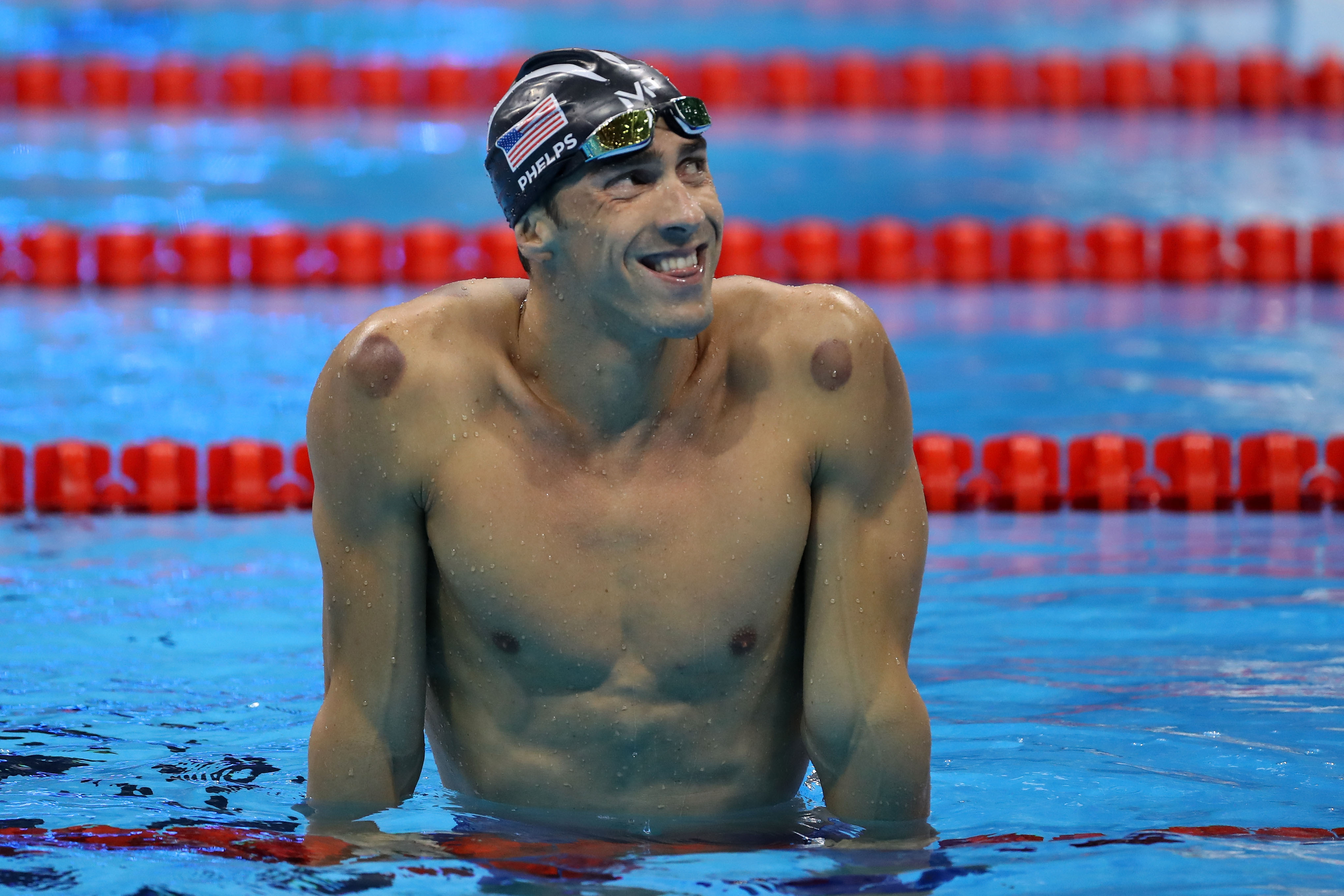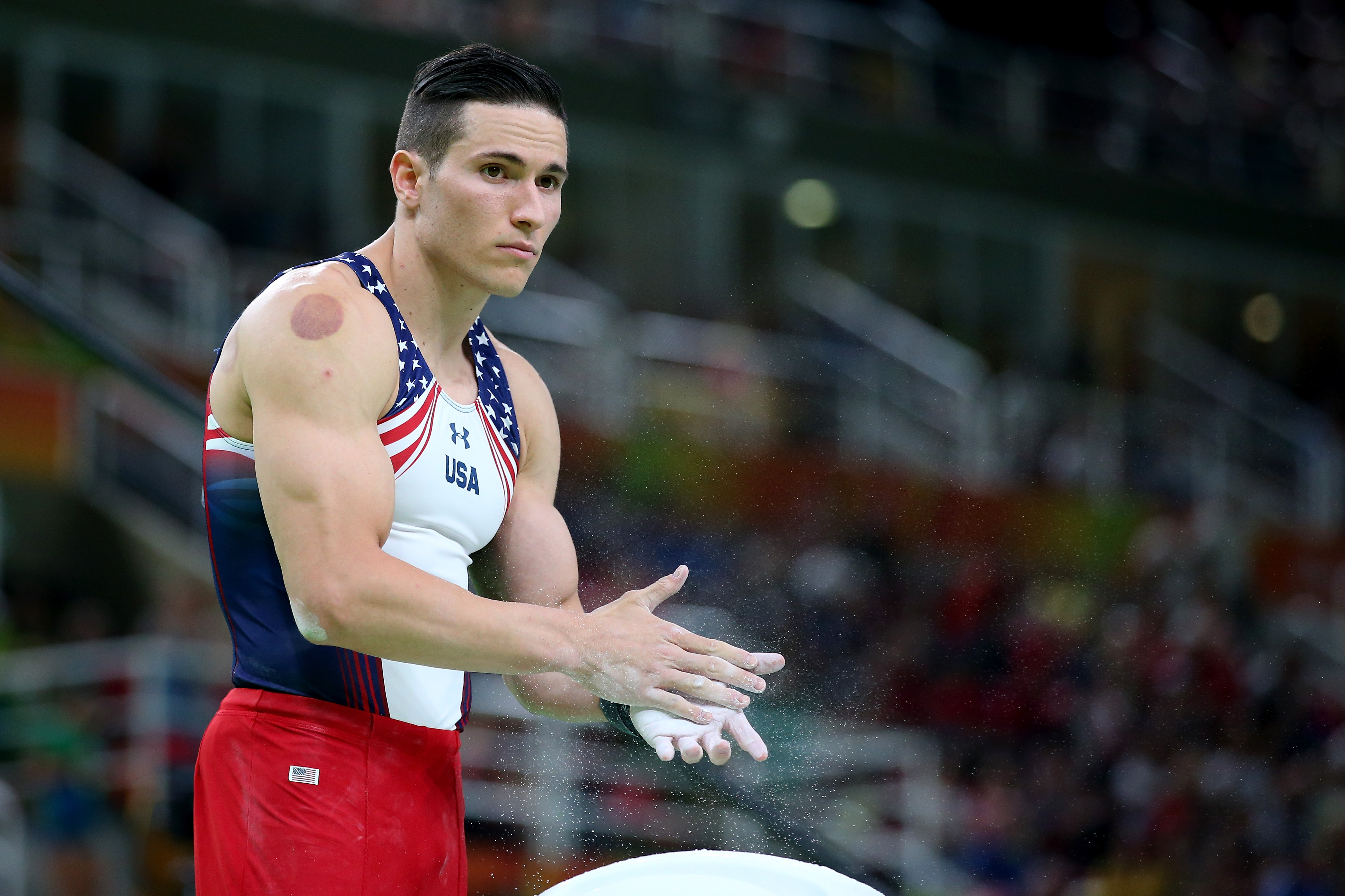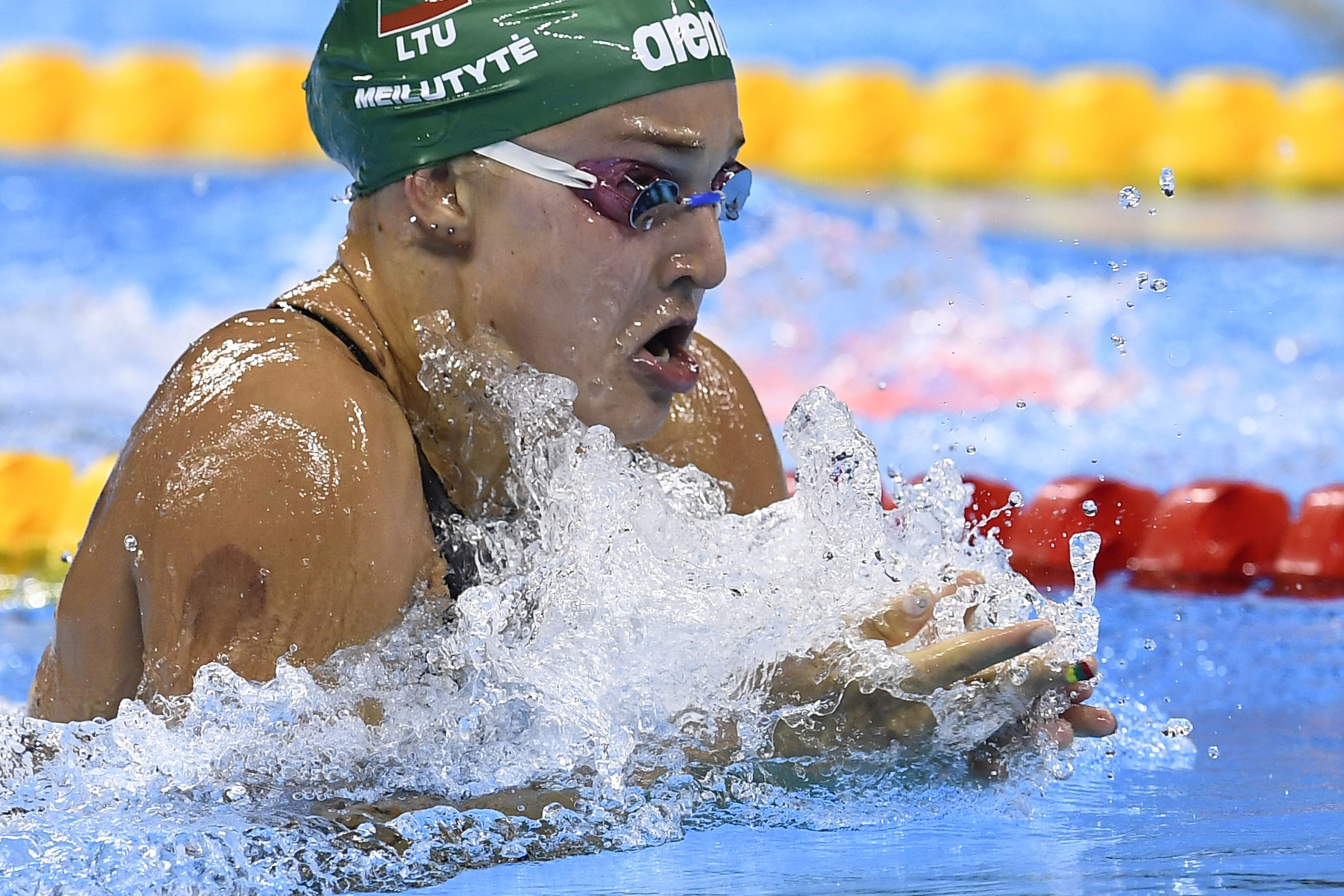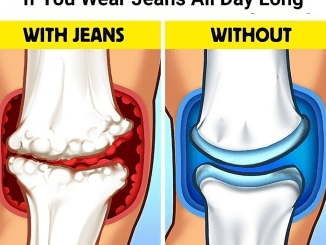The Paris 2024 Games officially commenced on July 27, 2024, with a spectacular opening ceremony held along the Seine River. Approximately 6,800 athletes from 205 different teams participated, boarding various boats to mark the beginning of the event.
Fans who have been following the Olympic Games over the years may have noticed something peculiar about many athletes. Large, dark red circular marks are frequently spotted on their bodies, prompting curiosity and speculation among viewers and fans alike.

While preparing for the Beijing 2008 Olympic Games, Wang Qun was photographed by the swimming pool, her body glistening with water. She donned a sleek swimsuit, its back featuring a criss-cross pattern that revealed prominent, large red circular marks on her skin.
Michael Phelps was pictured celebrating winning the gold in the Men’s 4 x 200m Freestyle Relay at the Rio 2016 Olympic Games. Noticeable round red spots could be seen on either side of his broad shoulders.
These distinctive red circles are the result of an ancient Chinese practice known as cupping therapy. This form of alternative medicine involves placing small cups on the skin to create suction, which is believed to stimulate blood flow and promote healing.
Cupping therapy has become increasingly popular among athletes, as it is thought to alleviate muscle soreness, reduce inflammation, and improve recovery time. The suction created by the cups draws blood to the surface of the skin, creating the characteristic red circles.
While the exact mechanisms behind cupping therapy are still being studied, research suggests that it may have several benefits for athletes. The suction can increase blood flow to the targeted area, which can aid in the removal of lactic acid and other waste products that accumulate during intense physical activity.

Additionally, cupping may help to reduce muscle soreness and tightness by promoting the release of endorphins, the body’s natural pain relievers. This can be particularly beneficial for athletes who engage in rigorous training and competition, helping them to recover more quickly and perform at their best.
The use of cupping therapy has become increasingly prevalent among Olympians and other elite athletes. Many top performers, including Michael Phelps, Serena Williams, and gymnast Alex Naddour, have been photographed with the distinctive red circles on their bodies.
Cupping therapy has its roots in traditional Chinese medicine, dating back thousands of years. The practice was originally used to treat a variety of ailments, from respiratory issues to musculoskeletal problems.
As the popularity of cupping therapy continues to grow, it is likely that we will see more athletes incorporating it into their training and recovery routines. While the practice may seem unconventional to some, the potential benefits for athletes are becoming increasingly recognized by the sports community.
The story of the distinctive red circles on Olympians’ skin is a testament to the enduring power of ancient practices and their ability to enhance the performance of today’s elite athletes. As the world of sports continues to evolve, it is clear that a blend of traditional and modern techniques can be a powerful tool for athletes seeking to push the boundaries of human potential.
In the captivating world of elite sports and celebrity glamour, a curious phenomenon has been catching the eye of the global audience – the appearance of striking circular marks on the bodies of high-profile individuals. These distinctive red or purple discolorations, known as “cupping marks,” have become a topic of intense fascination, sparking conversations and raising questions about the ancient therapy behind these intriguing bodily displays.

Michael Phelps wins gold in the Men’s 200m Butterfly Final at the Rio 2016 Olympic Games in Rio de Janeiro, Brazil, on August 9, 2016. | Source: Getty Images
The 2016 Rio Olympics and the recent Tokyo 2020 Games have been a prime showcase for this peculiar practice. American gymnast Alexander Naddour made headlines with the prominent red circular mark adorning his right arm as he prepared to compete on the pommel horse. Similarly, swimmer Ruta Meilutyte’s right arm bore a visible red circle during the Women’s 100m Breaststroke Semifinal. These marks have been a common sight among other athletes as well, with swimmers in particular displaying striking patterns of symmetrical discs across their backs.
The source of these captivating marks is a therapy known as “cupping,” a practice rooted in traditional Chinese medicine that has been employed for at least 2,000 years. The process involves creating suction in special cups, which are then placed on the body. This vacuum pulls the skin and blood vessels towards the cup, often leaving the distinctive circular marks on the skin.

Alexander Naddouat during the Artistic Gymnastics Men’s Team qualification at the Rio 2016 Olympic Games in Rio de Janeiro, Brazil, on August 6, 2016. | Source: Getty Images
High-level athletes worldwide have embraced cupping, crediting the technique for their enhanced performance and recovery. Swimmers and gymnasts claim that cupping helps alleviate the soreness and stiffness in their overworked bodies, while basketball players like Kyle Singler have attested to its benefits for maintenance and recovery, despite the initially intimidating appearance of the marks.
The fascination with cupping, however, extends beyond the realm of sports. Celebrities such as Jennifer Aniston and Gwyneth Paltrow have been spotted with the telltale cupping marks, sparking a broader public interest in this ancient therapy. The practice has also found applications in managing various health issues, including cancer pain, low back pain, and even facial paralysis.
While the precise mechanism of cupping remains somewhat enigmatic, researchers propose that the suction created by the cups on specific acupoints on the skin may lead to increased blood flow or hemostasis, which in turn has a therapeutic effect. The anti-inflammatory properties of cupping are also believed to play a role in the recovery and pain management benefits experienced by its practitioners.

Ruta Meilutyte competes in the Women’s 100m Breaststroke Semifinal during the swimming event at the Rio 2016 Olympic Games in Rio de Janeiro on August 7, 2016. | Source: Getty Images
As the world continues to be captivated by the striking circular marks adorning the bodies of Olympians, celebrities, and wellness enthusiasts, the allure of cupping only seems to grow stronger. This ancient therapy has managed to transcend cultural and geographical boundaries, becoming a global phenomenon that showcases the enduring power of traditional practices to capture the collective imagination of modern society.
From the athletic arenas to the red carpets, the captivating circles of cupping have become a symbol of the human body’s resilience, the pursuit of wellness, and the enduring appeal of ancient therapies in our modern world. As the trend continues to captivate and intrigue, the story of cupping serves as a testament to the ever-evolving tapestry of human knowledge and the constant rediscovery of age-old wisdom.


